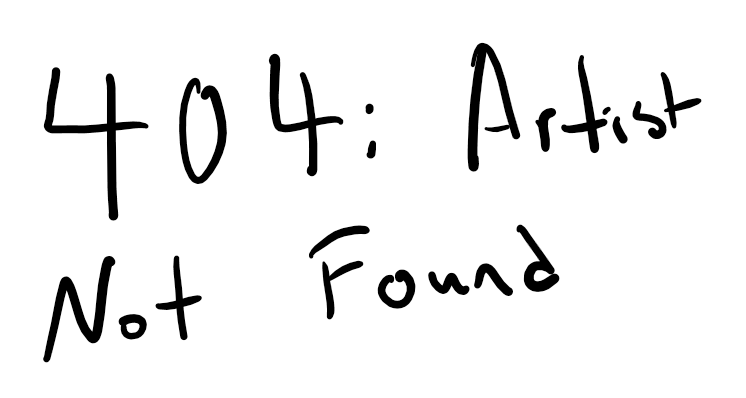That’s the tweet, as they say. Now, the reason for the terse and titular advice is that I’m currently bedridden with back pain (causes unknown) and have been for the past two days. Regardless of the why, the experience is, like many, illuminating. What would you do if you were suddenly unable to work? We often think of disability as something caused by an accident or risky behavior, but 9 out of 10 disability claims are caused by illness, not injury. While my condition won’t last nearly long enough to see me worried about needing to file a claim, it’s noteworthy to think that my very first thought at being unable to get into work yesterday was “At least I have insurance.” So today, I’ll be sharing a bit about disability insurance, the importance of having it, and some features you should consider.
Taxation of Disability Insurance
The least well-known yet most important element of disability insurance is the question of who is paying and whether taxes were paid on the premiums. Unlike health insurance or other forms of insurance that are typically paid for with pre-tax dollars as part of your workplace benefits, disability insurance is meaningfully influenced by how it’s paid for. In cases where your employer pays the premiums, while that might save you a few dollars per paycheck in taxes or in premiums, the downside is that the disability benefit will be taxable. Conversely, if you pay for the premiums, the benefit will be tax-free. Yet, it’s also important to note that such an exemption from taxes only applies if you pay for the premiums after-tax rather than as a tax-deductible benefit premium.
This raises the question of what happens when you pay for part of the coverage and your employer pays for part of the coverage. The answer here is rather simple: the portion you paid for is tax-free as a benefit, and the portion your employer paid for is taxed. So if your premiums were $10 per pay period and the employer paid $5 and you paid $5, then the benefit will be 50% taxable and 50% tax-free. All of this to say: Go ahead and pay for your own coverage and after-tax if possible. While you could save a few dollars here or there, one in four Americans will need to file for disability before reaching retirement age. A tax-free benefit of 60% of your pre-disability income or a taxable benefit of your pre-disability income could be a difference of hundreds of thousands of dollars over a lifetime of disability claims.
Own Occupation vs. Any Occupation
Another critical factor of disability coverage is the definition of “disability.” Your typical off-the-shelf disability coverage through a workplace plan is going to be defined as “any occupation.” This means that you must be truly and severely unable to perform any kind of work. So, for example, though you might be a high-performance salesman for your organization, the loss of your ability to speak doesn’t necessarily qualify for disability coverage if you could still bag groceries.
In turn, the “own occupation” definition is much more strict about disability. For example, if you’re a neurosurgeon and you cannot perform neurosurgery due to advanced carpal tunnel syndrome, then own occupation would protect your income for life. The ability to make a living in another way is not relevant under own occupation, which makes it an ideal form of protection for those with niche specialized occupations or who’ve invested significant capital in becoming eligible to make a living in one particular form or another. However, as the old adage goes: you get what you pay for. Own occupation coverage is much more expensive than any occupation coverage, and likely will require that you go and get a private disability policy rather than relying on what your employer can provide.
COLA
Standing for “cost of living adjustment,” a COLA rider is also a common absence in a group workplace disability policy. To ensure that disability insurance not only can help make up for your loss of income, but keeps pace with inflation, a cost of living adjustment can ensure that purchasing power is maintained through the benefit period. However, the necessity of this feature really depends more on your age than your circumstances. For example, someone in their early twenties should certainly have a COLA rider on their disability insurance, while someone in their early sixties probably doesn’t need to pay for it, since most policies will terminate around age 65 (though you can pay to get them further along.) Notably, once again, a group disability coverage plan is unlikely to offer any cost of living adjustments, which is a major factor to consider in whether you’re adequately insured.
So Go Take a Look at Your Disability Insurance
It’s open enrollment season for many employees at many companies, so take the time to go check your benefits enrollments and costs to ensure that you have your disability insurance configured as best you can. If your employer doesn’t offer the options of covering yourself adequately, then be sure to take the time to explore the option of private disability insurance. While a group benefit is better than no benefit, it never hurts to ensure that you’re protecting yourself as well as you’d want to be in the event of the unforeseen.
P.S. Invest in good pillows if you’re going to be bedridden for days.


Comments 1
Ah, yes, “good pillows”. I would add to that a good mattress and recliner! (smile) – and maybe go the whole way and get some good books you have been wanting to read.
May you recover sooner than later. P